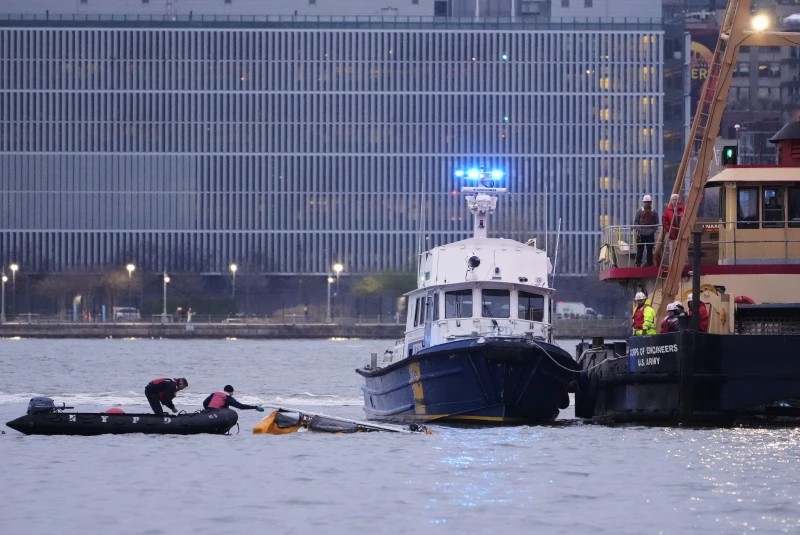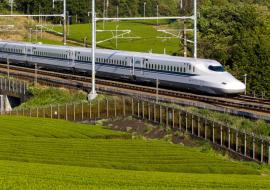Fatal Helicopter Crash in New York Sparks Renewed Scrutiny of Sightseeing Tours

A devastating helicopter crash that claimed the lives of a Spanish family of five and their pilot, a Navy SEAL veteran, has reignited a long-standing debate over the safety of helicopter sightseeing tours in New York City.
The accident occurred on April 10, 2025, when a Bell 206 helicopter plunged into the Hudson River near Jersey City, breaking apart mid-air. The main rotor and tail boom separated from the cabin, according to bystander video. While the cause remains under investigation, the tragedy adds to a concerning pattern: five crashes since 2005 involving commercial sightseeing flights over the Hudson and East Rivers have resulted in 20 fatalities.
Despite this history, Mayor Eric Adams expressed opposition to further restrictions, emphasizing the sector’s economic and operational importance. “People want to see the city from the sky,” Adams said, asserting that New York’s airspace is heavily regulated and the aircraft are properly maintained.
Critics, however, point to repeated failures and preventable crashes, urging tighter regulation or a complete ban on nonessential flights. Among them is Al Yurman, a former NTSB investigator, who said: “I feel like the industry doesn’t look after itself the way it should.”
One of the most notorious accidents occurred in 2009, when a tour helicopter collided midair with a small plane, killing nine. That crash prompted new FAA rules for congested airspace and a reduction in permitted flights from Manhattan’s heliports. In 2018, another crash involving an "open door" flight led to five deaths and further scrutiny, culminating in a $90 million settlement last month from operator FlyNYON.
The latest crash raises fresh concerns about oversight of tour companies, especially smaller operators like New York Helicopter, the company involved in Thursday’s incident. AP found it had recently faced bankruptcy proceedings and multiple lawsuits, highlighting concerns over its financial viability and maintenance practices.
Experts like aviation attorney Justin Green and analyst Steve Cowell argue for mandatory upgrades such as terrain awareness systems, and closer FAA scrutiny of financially unstable companies.
Still, according to Jeff Smith of the Eastern Region Helicopter Council, 2024 marked the lowest number of helicopter accidents nationwide in 25 years, with sightseeing tours accounting for only a small portion. “We shoot for vision zero,” he said. “It is a cornerstone of our industry.”
Yet for many New Yorkers and aviation professionals, the recurring tragedies suggest that vision zero remains a goal not yet achieved.














